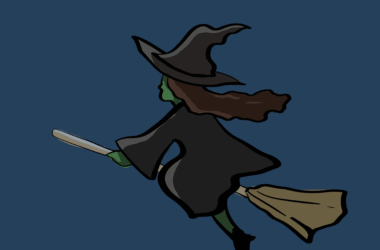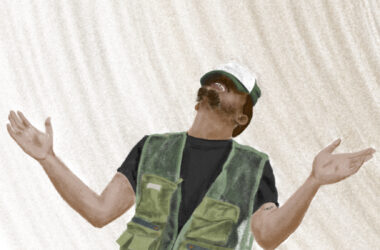 collider.com
collider.com collider.com
collider.comAfter tending to their vegetable garden and sharing a warm cup of tea, Tom and Gerri Happle go home to fill their wine glasses and cook a hearty dinner. Occasionally, they invite friends, or their son Joe, to break bread with them. Through thick and through thin, from winter to spring, the London couple is the picture of domestic bliss.
This is the basic premise of Another Year, the latest film to come from acclaimed British director and writer Mike Leigh (Vera Drake, Topsy-Turvy). Set in a middle-class London neighbourhood, the film traces one unremarkable year in the life of Tom (Jim Broadbent) and Gerri (Ruth Sheen)—not a reference to the cat and mouse—a happily married couple well into their autumn years. Although their lives move throughout the months without a glitch, the people around them are not quite as fortunate: Mary (Leslie Manville)—a frequent, though not always welcome guest—is a single, middle-aged secretary with a drinking problem and a knack for falling in love with men who are either unavailable or too young, while Ken (Peter Wright), Tom’s overweight childhood friend, suffers from serious depression and a likely case of emphysema.
What makes this movie so compelling is not the action or the drama—in fact almost nothing happens during the film’s two hours—but rather the beauty with which the camera treats the backdrop and the characters. Leigh, known for what critics have labelled “kitchen-sink realism”—a slice-of-life approach that emphasizes the family and the domestic space—focuses on human emotion, the nuances of facial expression, and the essentially banal conversations in which people engage. By breaking the year into four very distinct seasons, the film not only benefits from the varying landscapes, but is also able to symbolically represent the ups and downs of human life; babies are born, old people die, and life goes on as usual. Aside from the visibly changing outdoor setting, the film reads much like theatre: the sets are limited, the cast is small, and the drama is focused and specific.
This realist approach is made possible by the incredibly talented cast of seasoned actors. Broadbent, a long-time staple of British cinema, embodies old, English virtue in his portrayal of Tom. Even during Mary’s drunken rants, Tom is willing to humour and engage her, always with a knowing twinkle in his eye. Ruth Sheen’s Gerri is sympathetic and wise; as Gerri is both a loving matriarch and a hospital therapist, Sheen captures the tender yet stern nature of her character. Finally, as Mary, Leslie Manville manages to ring true—if a little too true—to life. Though Mary is continually plagued by misfortune, she gets up and skittishly assures herself, and everyone else, that once she buys a car or takes a vacation, everything will be OK.
While the film contains indubitable merit, it does draw a slightly ambiguous line between misfortune and missed opportunity. It begins to feel like a morality tale, bidding the viewer to recognize “good” and “bad” life choices. Tom and Gerri are kind and welcoming, but the disparity between their own virtuous life and the clear mistakes of their friends leaves them appearing ultimately smug and somewhat difficult to relate to. When Mary laments that married men don’t wear a sign that says “Don’t fall in love with me, I’m married,” Tom remarks, “I think it’s called a ring.” Rejecting men like Ken for superficial reasons, the film implies that Mary’s loneliness, as well as her tragic financial woes, are entirely her own doing. Similarly, watching Ken guzzle a pint of beer, Gerri bemoans that “life can often be cruel,” but there seems to be an implicit criticism of Ken for resorting to cigarettes and alcohol in response to his depression. Whereas Tom and Gerri are classic exemplars of how to live “the good life”—they are faithful to one another, they have respectable jobs, they raised a good-natured son, and they tend to their Eden-like garden—people like Ken and Mary seem to have brought on their tragic fates through misplaced values and life mismanagement.
Against the backdrop of the Happles’ old British values is a notably new London. Joe is an immigration lawyer whose secretary wears a hijab, and Ken makes a few remarks like, “Nowadays, instead of going out for a beer, people go out for a curry,” and, “The pubs are becoming bars.” Although Another Year zeroes in on the lives of aging white Britons, the film is carefully placed in a distinctly new and multicultural idiom. As Tom reads a book on the history of London and notes that history has never seemed so relevant, he demonstrates that while contexts are always changing, good old values still persist.






